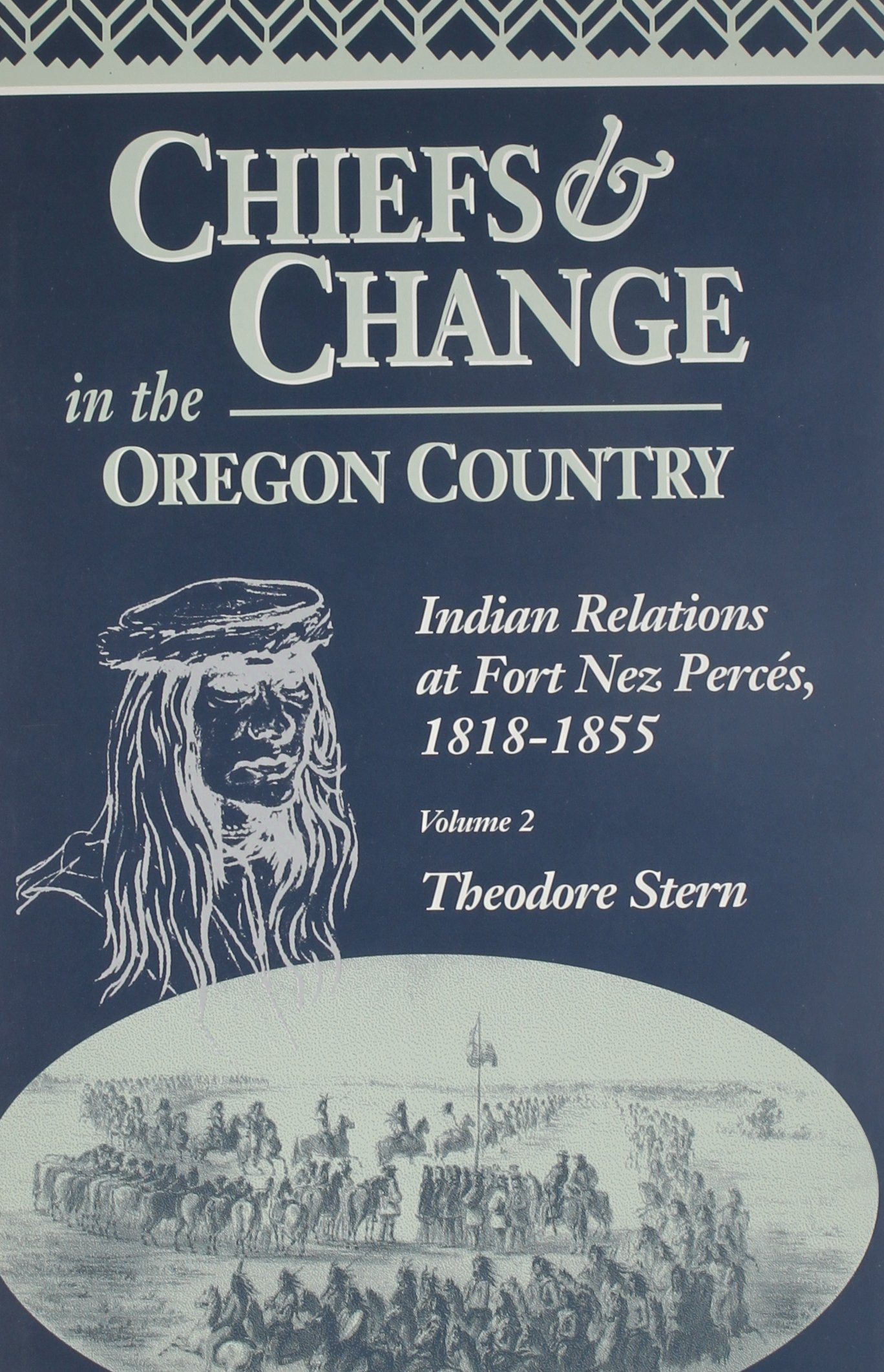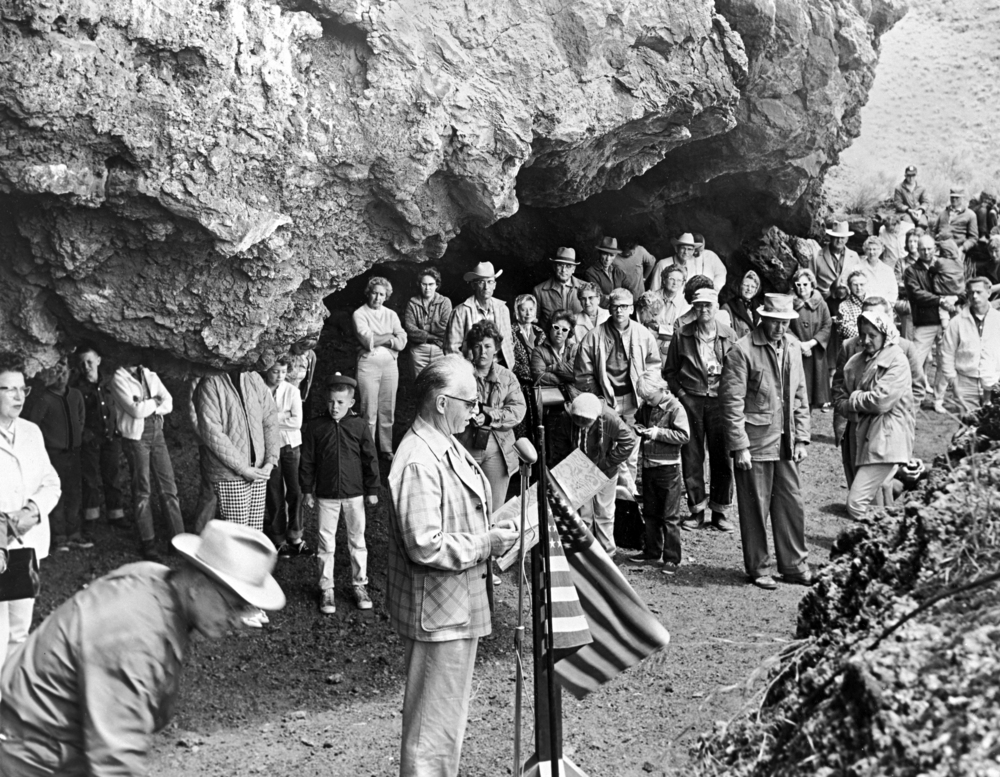Theodore “Ted” Stern was a member of the Department of Anthropology at the University of Oregon for thirty-nine years, from 1948 to 1987. He was a leading authority on the linguistics and anthropology of the Klamath and Nez Perce people of the eastern Oregon plateau, with research and publications in ethnohistory, folklore, linguistics, archaeology, ethnomusicology, anthropology, and Native history.
Born in 1917 in Ossining, New York, Stern married Mary Capuzzi on January 16, 1942, in North Carolina. He served in the U.S. Army from 1941 to 1945, attaining the rank of second lieutenant. In 1948, he received a Ph.D. from the University of Pennsylvania with a dissertation on “The Rubber-ball Games of the Americas.” He then joined the faculty of the Department of Anthropology at the University of Oregon in Eugene. Luther Cressman had founded the department in 1935, and his work on Oregon prehistory established the university as a leader in Northwest archaeology during the twentieth century.
Stern served on the governor’s Indian Affairs Committee in Oregon into the 1970s. During those years, he witnessed the termination and subsequent restoration of six Oregon tribes. He sought to help the tribes through the process of termination and was particularly concerned with the Klamath, who were terminated in 1962.
Stern spent many summers at the Umatilla, Nez Perce, or Klamath Reservations, studying their languages and cultures. His papers, preserved in the University of Oregon Special Collections, contain voluminous notes about tribal languages, myths, and genealogies. He gave rights to the collection to the Umatilla Tribe, which is cataloging parts of the collection for tribal use. The recipient of a Fulbright Fellowship in 1954, Stern studied the Chin tribes of Burma. He later moved his studies to East Pakistan and, by 1964, was studying the linguistics of the Karen hill tribes of Thailand.
Among Stern’s many books and articles are Chiefs and Chief Traders (1992) and Chiefs and Change in the Oregon Country (1996), a finalist for the Oregon Book Award. He was the author of The Klamath Indians (1970) and "Cayuse, Umatilla, and Walla Walla," which appeared in volume 12 of The Handbook of North American Indians (1998). In 1994, historian George Pierre Castille wrote in the Pacific Northwest Quarterly: "Theodore Stern writes…with the magisterial scholarly authority of a lifetime devoted to the understanding of the peoples of the Northwest."
In 1992, the Department of Anthropology at the University of Oregon established the Theodore Stern Fellowship for graduate students, and the Umatilla Tribe honored him in 2004 by making July 29 “Dr. Theodore Stern Day.” Ted Stern’s greatest legacy, however, may be the students who he guided and who contribute to Oregon anthropology today.
Stern was a community-minded person who served on the board for the Eugene Symphony and volunteered with the Boy Scouts. He was a member of the choir at First Congregational Church in Eugene and was an avid hiker with the Obsidians Club. He died in Los Angeles on June 20, 2005.
-
![]()
Chiefs & Change in the Oregon Country, by Theodore Stern.
Courtesy Oregon State University Press
Related Entries
-
![Luther Cressman (1897-1994)]()
Luther Cressman (1897-1994)
Known as the father of Oregon archaeology and anthropology, Luther Cres…
-
![Termination and Restoration in Oregon]()
Termination and Restoration in Oregon
Termination Of the federal-Indian policies introduced to American Indi…
Map This on the Oregon History WayFinder
The Oregon History Wayfinder is an interactive map that identifies significant places, people, and events in Oregon history.
Further Reading
Stern, Theodore. Chiefs and Change in the Oregon Country: Indian Relations at Fort Nez Perces, 1818-1855. Covallis: Oregon State University Press, 1996.
Stern, Theodore. The Klamath Tribe: A People and Their Reservation. Seattle: University of Washington Press, 1965.



